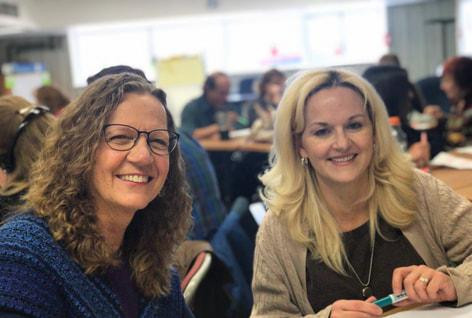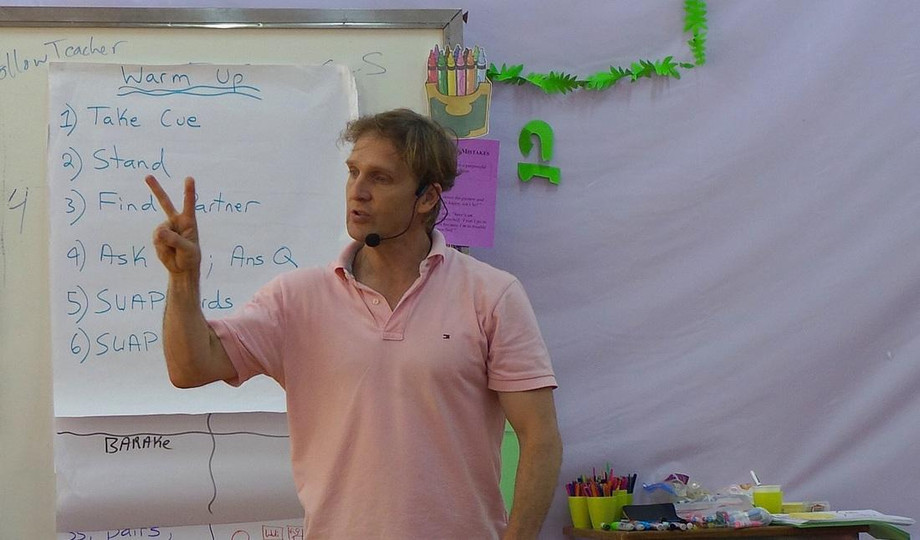In today's diverse classrooms, English learners are a significant population that requires special attention to ensure their success. Teachers and administrators must recognize the unique needs of these students and provide staff development opportunities to support them. Here are some ways staff development can help educators better serve English learners.
Understanding the cultural and linguistic diversity of English learners: Staff development can help educators understand the cultural and linguistic diversity of English learners. Educators can learn about the different languages spoken by ELs, the cultural values that shape their behaviors and beliefs, and the impact of cultural and linguistic backgrounds on their academic success. This understanding can help teachers develop more culturally responsive and linguistically appropriate teaching strategies.
Enhancing language acquisition instruction: Staff development can also enhance educators' understanding of language acquisition instruction. Teachers can learn about different instructional approaches that support English language development, such as the Sheltered Instruction Observation Protocol (SIOP) and the use of graphic organizers, and how to implement them effectively. SIOP Professional Development can also focus on understanding language proficiency levels, using formative assessments, and developing differentiated instruction to meet the diverse needs of ELs.
Developing effective strategies for English language development: Staff development can provide educators with practical strategies for English language development. These strategies may include explicit instruction in Teacher training on English Language Learners structures, the use of real-life and authentic materials, and incorporating language objectives into content instruction. Educators can also learn to create opportunities for students to practice their language skills through collaborative learning and peer interaction.
Implementing culturally responsive teaching: Staff development can help teachers create a welcoming and inclusive classroom environment that celebrates cultural diversity. Teachers can learn to identify and address cultural biases, use culturally responsive teaching practices, and incorporate the experiences and cultural backgrounds of ELs into classroom instruction. This approach fosters a positive learning environment and supports the academic and social-emotional needs of English learners.
Collaboration and Communication: Staff development can encourage collaboration among teachers and stakeholders, including administrators, parents, and the community, to better support English learners. This may involve sharing best practices, developing data-based decision-making processes, and working together to develop instructional plans that address the unique needs of English learners. Effective communication strategies can also be emphasized to foster a partnership between educators and families.
staff development plays a crucial role in supporting English learners in the classroom. Educators must recognize the unique needs of these students and seek professional development opportunities to better serve them. Effective professional development can help teachers develop an understanding of the diverse cultural and linguistic backgrounds of English learners, enhance their language acquisition instruction, and implement culturally responsive teaching strategies. By investing in staff development for English learners, educators can support the academic success and social-emotional well-being of this important population.






Comments